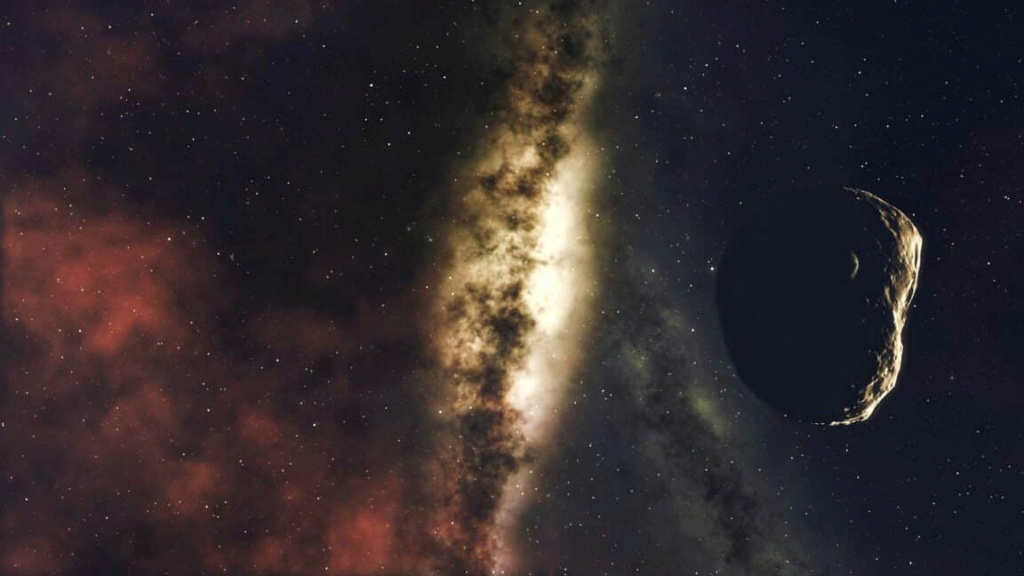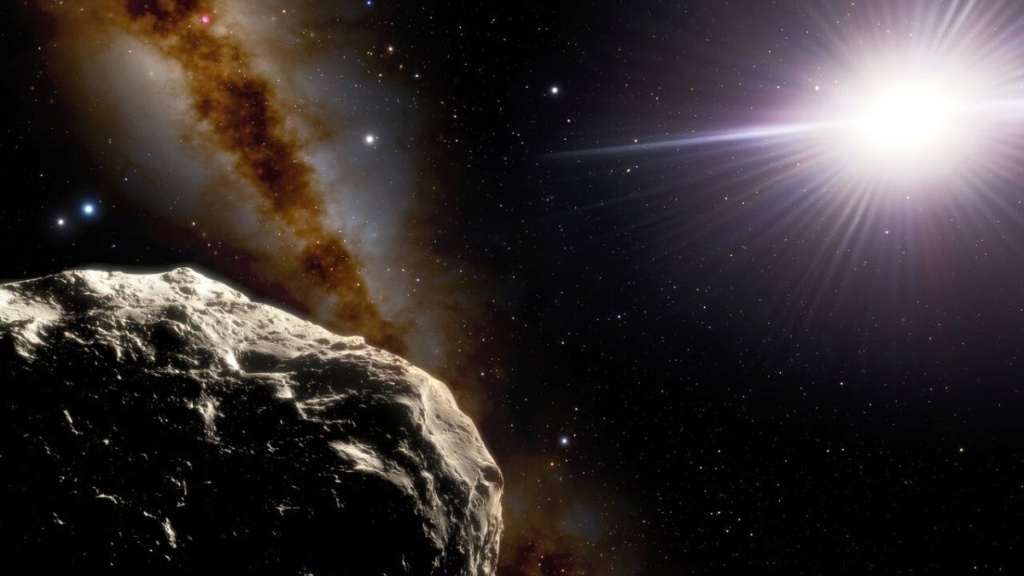Earth will have an extra moon for 4,000 years

In 2020, astronomers thought they had unearthed the second terrestrial Trojan asteroid on record. A new team confirmed in 2022 its presence around the Lagrange point 4. According to these analyses, this small additional “moon” should accompany the Earth for around 4000 years.
Trojan asteroids are small rocks that share their orbit with a planet. Most of them evolve upstream and downstream of Jupiter. So far, only one such object, called 2010 TK7, has been confirmed on the same trajectory as Earth. As part of a study published in Nature, researchers confirm that a second such object called 2020 XL5 and identified the same year was indeed an Earth Trojan. Think of it as Earth's extra moon, albeit very small and only passing through.

A small moon parked around L4
In December 2020, 2020 XL5 was spotted using the Pan-STARRS 1 telescope, located in Hawaii. Follow-up studies then made it possible to estimate its position around L4, the fourth point of Lagrange Earth-Sun. 2010 TK7, the first confirmed terrestrial Trojan asteroid, also evolves around L4.
As a reminder, a Lagrange point is a position where the fields of gravity of two bodies in orbital motion around each other provide the centripetal force required for this point in space to simultaneously accompany the orbital motion of the two bodies. . In other words, a Lagrange point is a relatively stable “parking spot” in space.
Point L4 is ahead in the orbit of the smaller mass (hence the Earth), in its orbit around the large one (the Sun), as you can see below.

visualization of earth-sun lagrange points. the small “moon” 2020 xl5 is found around l4. credits: noirlab/nsf/aura/j. da silva
For these analyses, the researchers relied on the SOAR (Southern Astrophysical Research) telescope in Chile, as well as on the Lowell Discovery telescope (Arizona) and the ESA optical ground station in Tenerife (Canary Islands). These data confirm the positioning of 2020 XL5 around L4 .
Doing this type of follow-up is no small feat. It is indeed difficult for astronomers to point to points L4 and L5 of the Sun-Earth system from our planet, because any asteroid orbiting these points will only be visible for a short window of time near twilight and at very low altitude.
A temporary presence
According to the photometrics, the object would probably be of type C (rich in carbon and dark), the most common in the Solar System. The study also found that 2020 XL5 is much larger than the first terrestrial Trojan discovered, measuring around 1.2 km in diameter (compared to 0.4 km for 2010 TK7).
Finally, the team points out that 2020 XL5 will not remain a terrestrial Trojan asteroid forever. According to analyses, will remain in its position for approximately 4,000 years , before eventually escaping the gravitational force which holds it in place.
Source : websites

